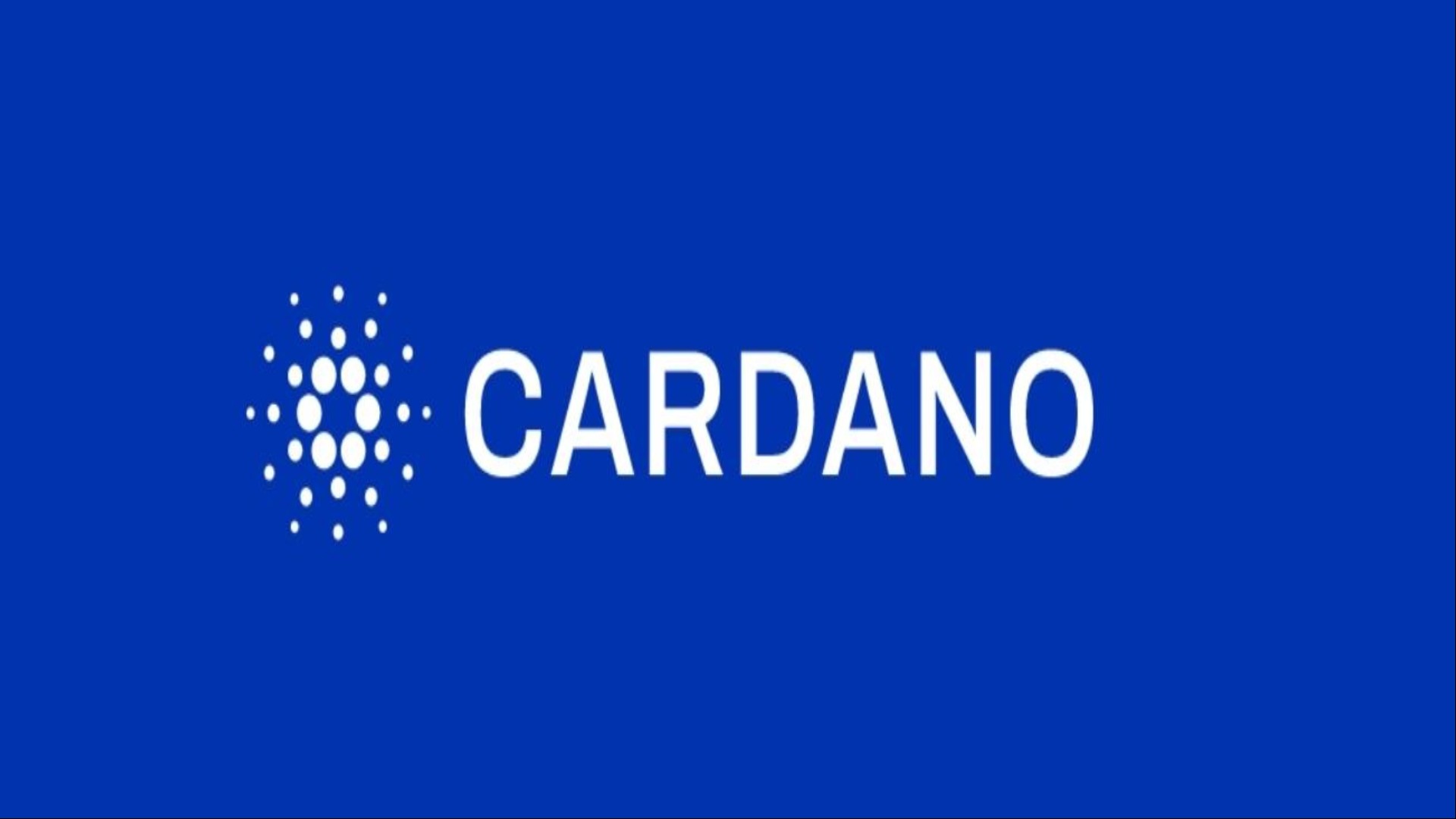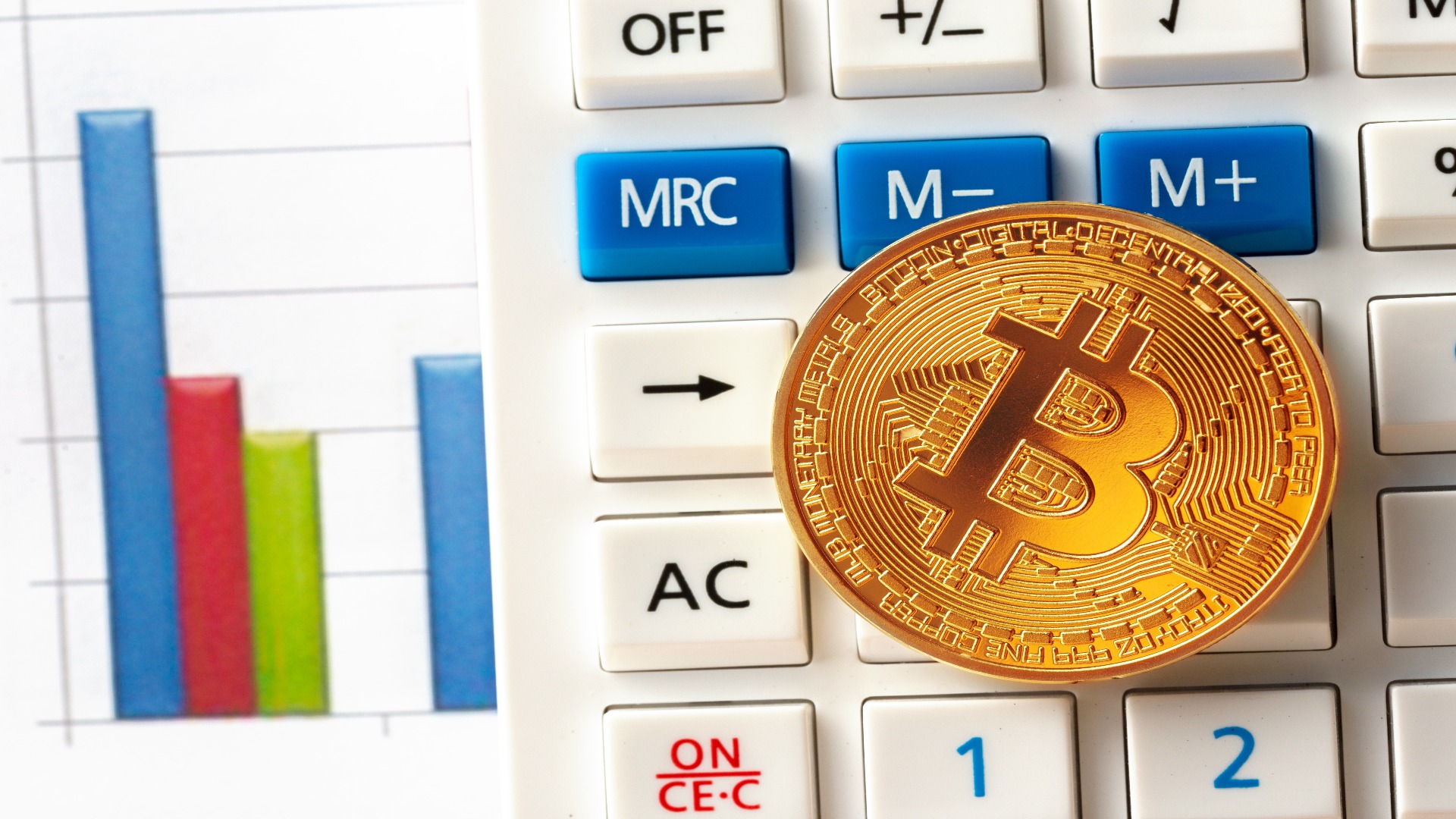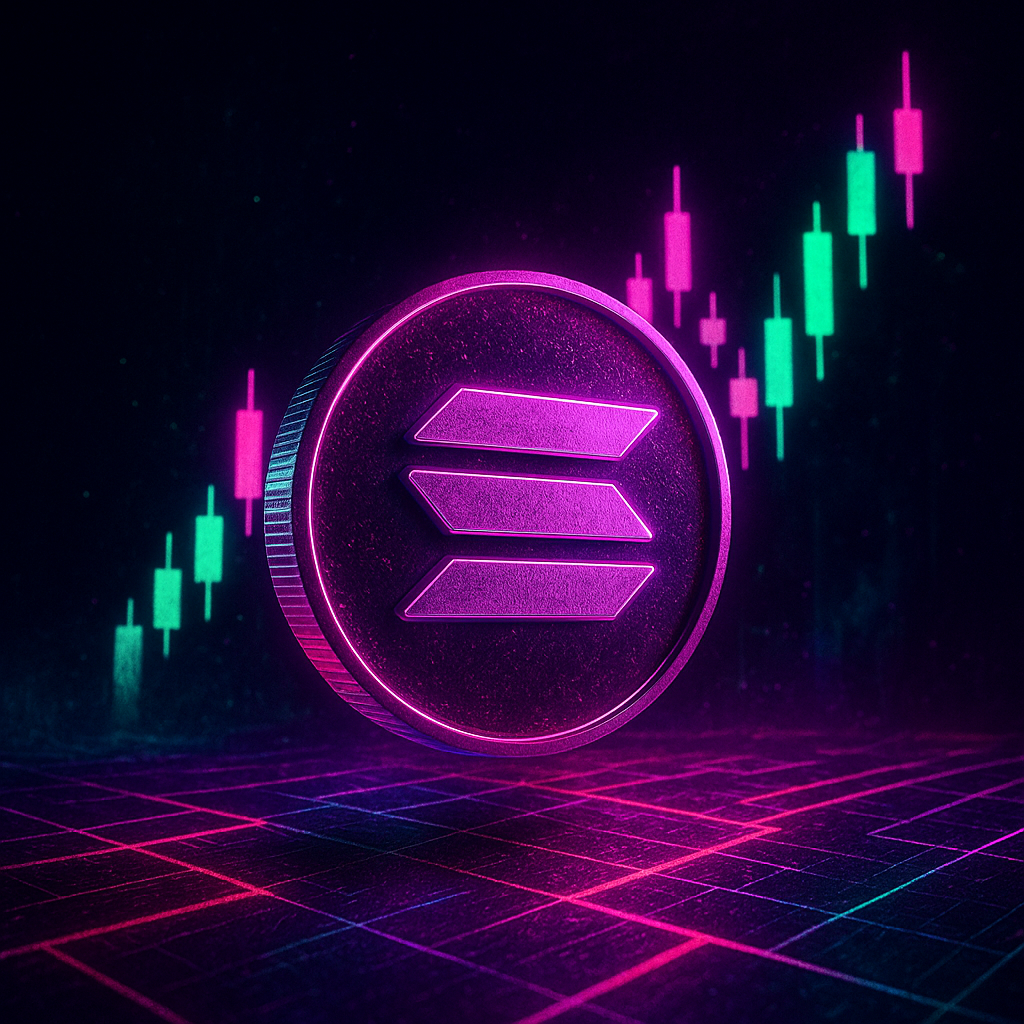Stellar XLM Price Prediction 2026, 2030 and 2040 Outlook
Summary:XLM's outlook hinges on adoption, low fees, and tokenization. Forecasts see $0.18-$0.30 in 2026, up to $1.50 by 2030, and potentially $3-$5 by 2040.Table of ContentsXLM Price Prediction 2026:...


Summary:
- XLM's outlook hinges on adoption, low fees, and tokenization. Forecasts see $0.18-$0.30 in 2026, up to $1.50 by 2030, and potentially $3-$5 by 2040.
Table of Contents
- XLM Price Prediction 2026: Near-Term Momentum and Bitcoin Halving Cycle Influence
- XLM Price Prediction 2030: Long-Term Outlook on Institutional Partnerships
- XLM Price Prediction 2040: Projected Value in the Tokenized Global Finance Era
- Fundamental Drivers: Stellar’s Low-Cost Model and Fixed Supply Tokenomics
- Technical Analysis: Critical Support Levels and the Next Bull Run Setup
- Competitive Landscape: XLM vs. XRP Price Prediction and Utility Comparison
- FAQs
- What is the highest price XLM can go?
- Why is XLM price rising (or falling) today?
- Can Stellar (XLM) reach $1 or $5 in the future?
- What factors influence the price of XLM?
Stellar Lumens (XLM) has remained one of the most closely watched digital assets in the cross-border settlement space. While many cryptocurrencies chase speculative upside, XLM was built with a clear purpose: fast, low-cost global payments. With a fixed supply of 50 billion tokens and an ecosystem pushing deeper into tokenized assets and institutional partnerships, investors are revisiting long -term xlm price prediction models for 2026, 2030 and 2040
Below is a grounded, utility-driven outlook on where XLM could be headed next.
Zoom
Hour
Day
Week
Month
Year
All Time
Type
Line Chart
Candlestick
XLM Price Prediction 2026: Near-Term Momentum and Bitcoin Halving Cycle Influence
The stellar xlm price prediction 2026 will depend heavily on how markets behave after the Bitcoin halving and whether Stellar sees stronger usage in cross-border transactions. XLM usually mirrors the broader crypto cycle, but it reacts more noticeably when payment volumes rise across its active remittance corridors.
If risk appetite improves after the halving, XLM could trade between $0.20 and $0.32 (₹17 – ₹27). This range assumes steady network activity, better liquidity, and renewed interest from fintech partners using the Stellar network.
A softer market, however, may keep XLM closer to $0.13 – $0.18, especially if trading volumes stay muted or Bitcoin dominance limits altcoin flows.

For INR-based traders, it’s worth noting that XLM often shows sharper swings against the rupee during global risk events, which is why sideways or range-bound movement is common in the Indian market even when USD charts look stable.
XLM Price Prediction 2030: Long-Term Outlook on Institutional Partnerships
By 2030, the real question is whether Stellar can turn its early partnerships into ful-scale institutional usage. XLM already has integrations with players like IBM (World Wiretrials), MoneyGram,Circle’s USDC, and several fintech firms exploring on-chain settlements. If institutional on boarding accelerates and large remittance providers adopt tokenized settlement rails, the stellar xlm price prediction 2030 could fall in the $0.80 – $1.50 range (₹65 – ₹125). A conservative model places XLM around $0.50 – $0.70, assuming moderate adoption and stable network activity.
Its biggest advantage remains the ability to settle small-value transactions cheaply, something traditional networks struggle with.
XLM Price Prediction 2040: Projected Value in the Tokenized Global Finance Era
Looking ahead to 2040, the ecosystem could be shaped by tokenized assets (RWAs), digital banking rails, and instant settlement ayers used by institutions. If Stellar becomes a prefered network for issuing compliant tokenized assets and settling cross-border transactions, XLM could push toward the $3 – $5 zone (₹250 – ₹420).
A more tempered projection, based on slow regulatory evolution, places the xlm price prediction 2040 closer to $1.50 – $2.20.
The fixed supply acts as a counterweight to inflation, giving XLM more long-term pricing stability than uncapped tokens.
Fundamental Drivers: Stellar’s Low-Cost Model and Fixed Supply Tokenomics
Stellar’s biggest strength is its ultra-low transaction cost, a key requirement for global remittances, micro-payments and token transfers. With a hard-capped supply of 50 billion XLM and the 2019 community burn reducing circulating supply, long-term inflation concerns are limited.
Key fundamentals supporting the xlm future price prediction include:
- Low transaction fees suited for high-volume remittance corridors.
- Tokenized asset support (RWAs) attracting fintech and banking interest
- Stable supply structure compared to inflationary tokens.
- Developer ecosystem growth following new smart-contract capabilities.
These factors give XLM a utility-led pathway that many speculative cryptos lack.
Technical Analysis: Critical Support Levels and the Next Bull Run Setup
Technically, Stellar has been stuck in a wide consolidation zone. The 200-week moving average sits near $0.12, acting as long-term support. Immediate resistance forms around $0.18 – $0.20, a zone XLM needs to break for momentum toward the next bull run.
RSI levels recently hovered around neutral, showing neither overbought nor oversold conditions. For traders eyeing the XLM price prediction next bull run, a key trigger would be sustained closes above the 200-day moving average, which historically precedes major moves.
Competitive Landscape: XLM vs. XRP Price Prediction and Utility Comparison
No XLM analysis is complete without comparing it to XRP. Both target cross-border payments, but their models differ:
- XLM focuses on retail transfers, fintech payments, and low-value remittances.
- XRP aims at high-value institutional settlement and liquidity provisioning.
- Stellar’s supply is fixed; XRP’s is escrow-managed.
- XLM excels in micro-transactions; XRP in large corridors.
While XRP has more heavyweight institutional partnerships, Stellar’s nimble, low-cost environment gives it a competitive niche. Search interest often compares xlm vs xrp prediction, and the truth is: both can coexist, serving different layers of global finance.
FAQs
What is the highest price XLM can go?
In a strong adoption cycle, long-term projections place XLM between $3 and $5 by 2040.
Why is XLM price rising (or falling) today?
Day-to-day movement usually reflects broader crypto sentiment, remittance volume spikes, or Bitcoin volatility.
Can Stellar (XLM) reach $1 or $5 in the future?
$1 looks realistic by 2030 with steady adoption. Reaching $5 would likely require massive institutional usage and global tokenization.
What factors influence the price of XLM?
Cross-border transaction volume, institutional partnerships, token supply dynamics, market liquidity, and Bitcoin cycles.
Start typing to see results or hit ESC to close
Delegate Your Voting Power to FEED DRep in Cardano Governance.
DRep ID: drep12ukt4ctzmtf6l5rj76cddgf3dvuy0lfz7uky08jfvgr9ugaapz4 | We are driven to register as a DRep by our deep dedication to the Cardano ecosystem and our aspiration to take an active role in its development, ensuring that its progress stays true to the principles of decentralization, security, and community empowerment.DELEGATE VOTING POWER!










